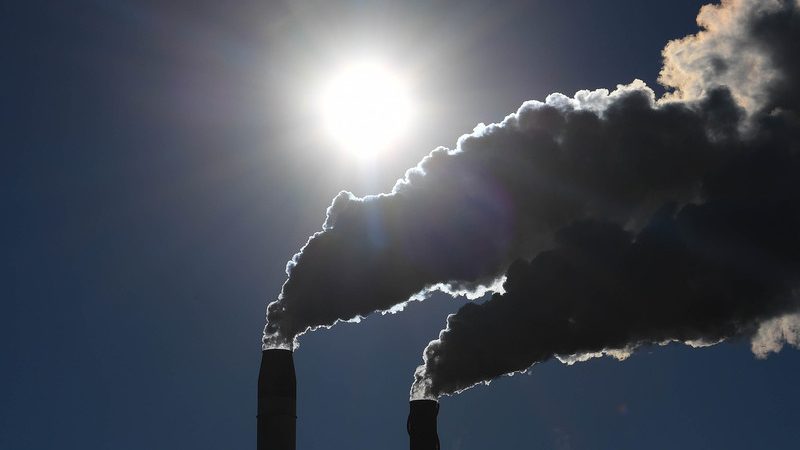Steelmaker ArcelorMittal is to start its direct reduced iron reduction (DRI) plant based on hydrogen in 2025 to allow the production of more than 1 million mt of “climate neutral” steel by 2030 at its Hamburg site in Germany, the steelmaker said Sept. 7.
The plant is expected to produce 100,000 mt/year of DRI to be used in steel production via the electric arc furnace route. The company aims to reduce carbon emissions by 800,000 mt/year at the plant by initially using grey hydrogen and then switching to green hydrogen. According to ArcelorMittal’s statement, conversion to green hydrogen from renewable energy sources via electrolysis will take place once available in sufficient quantities and at an economical cost.
ArcelorMittal Germany will receive Eur55 million in funding from the German government for the DRI project, which was initially outlined in 2019. The total cost of the project is Eur110 million and also includes a 50 MW electrolyzer.
ArcelorMittal Hamburg already produces steel using DRI technology by extracting oxygen using natural gas. The existing EAF at the site has an annual capacity of 1.1 million mt of crude steel.
“The technology is transferable and shows how other steelworks within the group, such as Bremen and Eisenhuttenstadt, can switch to climate neutral steel production,” said Uwe Braun, the CEO of ArcelorMittal Hamburg.
In July, ArcelorMittal set a new group-wide target of 25% reduction in its global carbon emissions intensity by 2030, compared with 2018 levels, based on Scopes 1, 2. The company’s target for Europe increased to a 35% reduction in carbon intensity by 2030, compared with 2018 levels, up from the earlier target of 30%.
The ArcelorMittal Sestao steel mill in Spain also received approval for the construction of a new green hydrogen DRI plant in Gijon.
The Eur1 billion investments will include a new 2.3 million mt/year hydrogen direct reduced iron unit, complemented by a 1.1 million mt hybrid electric arc furnace, which will reduce the mill’s CO2 emissions in Spain by 50%, or 4.8 million mt.
— Laura Varriale






